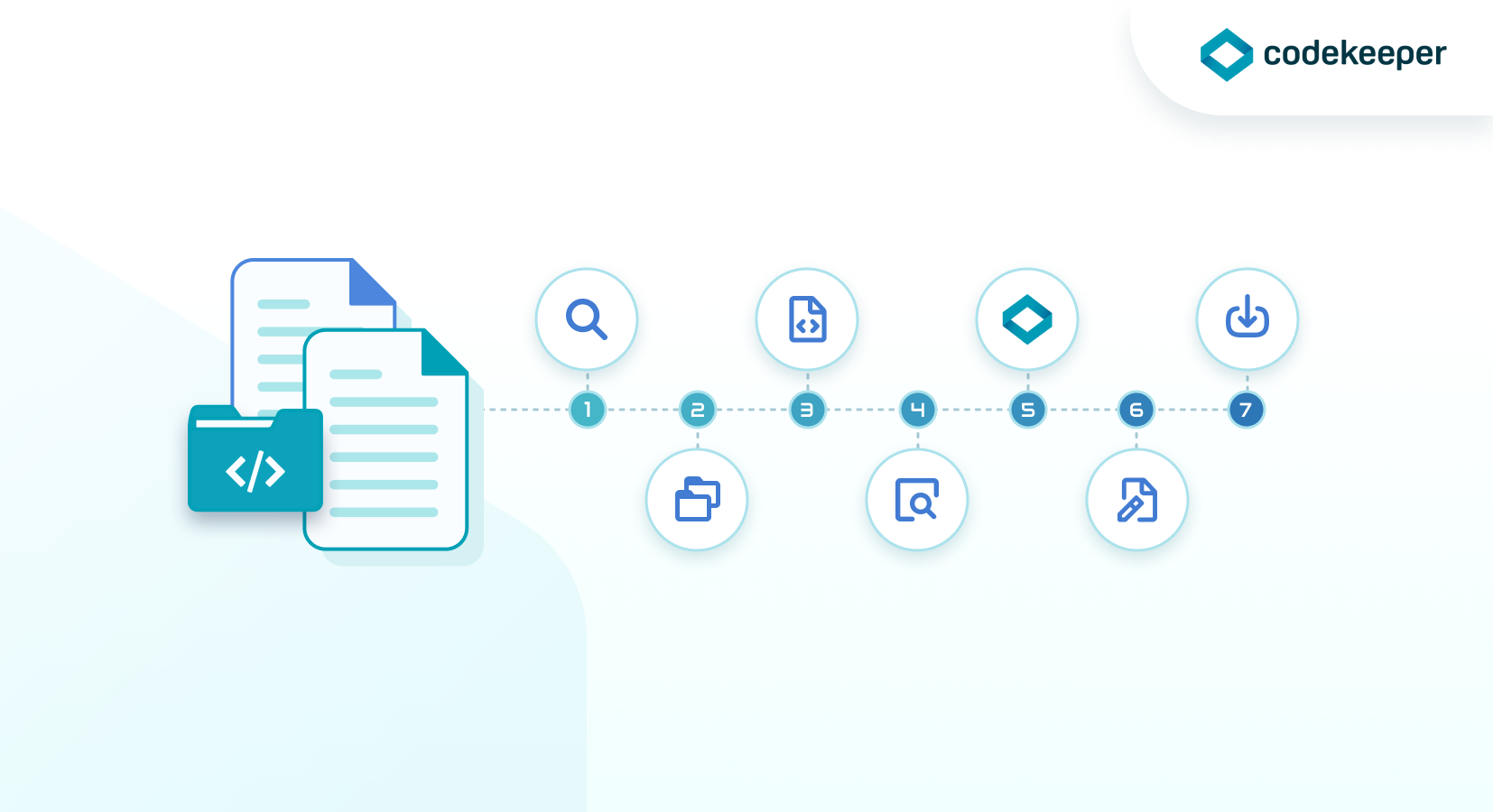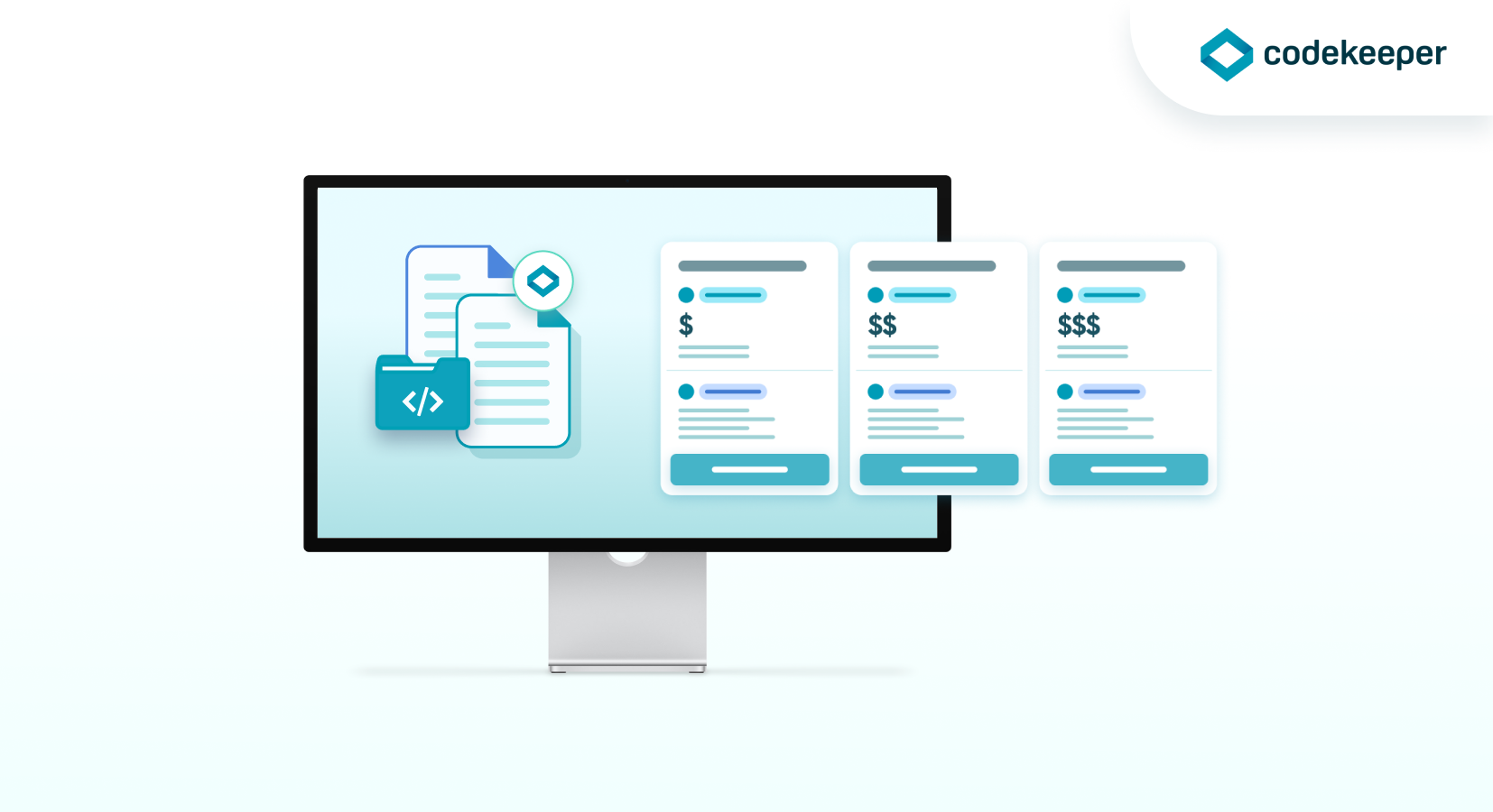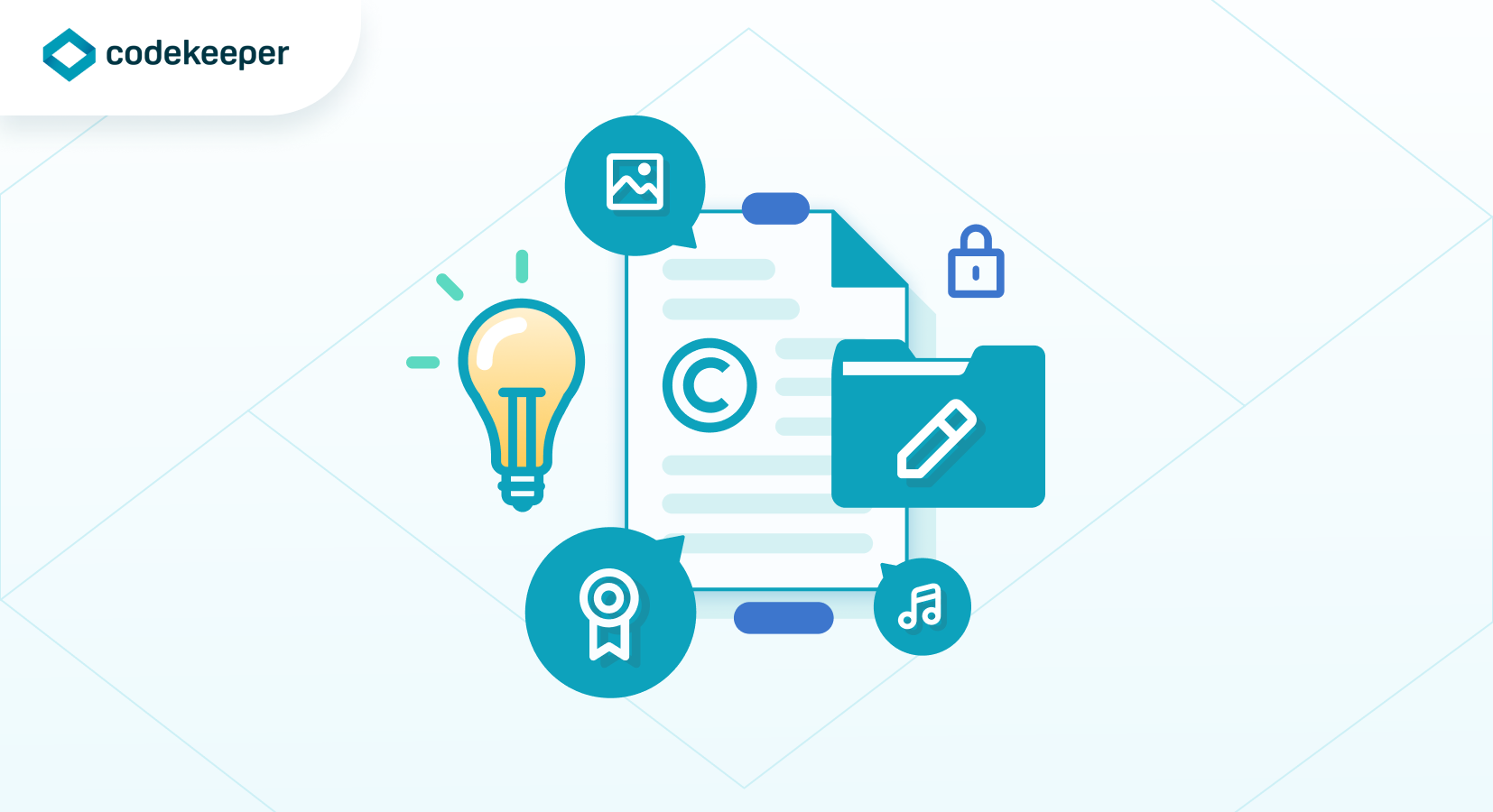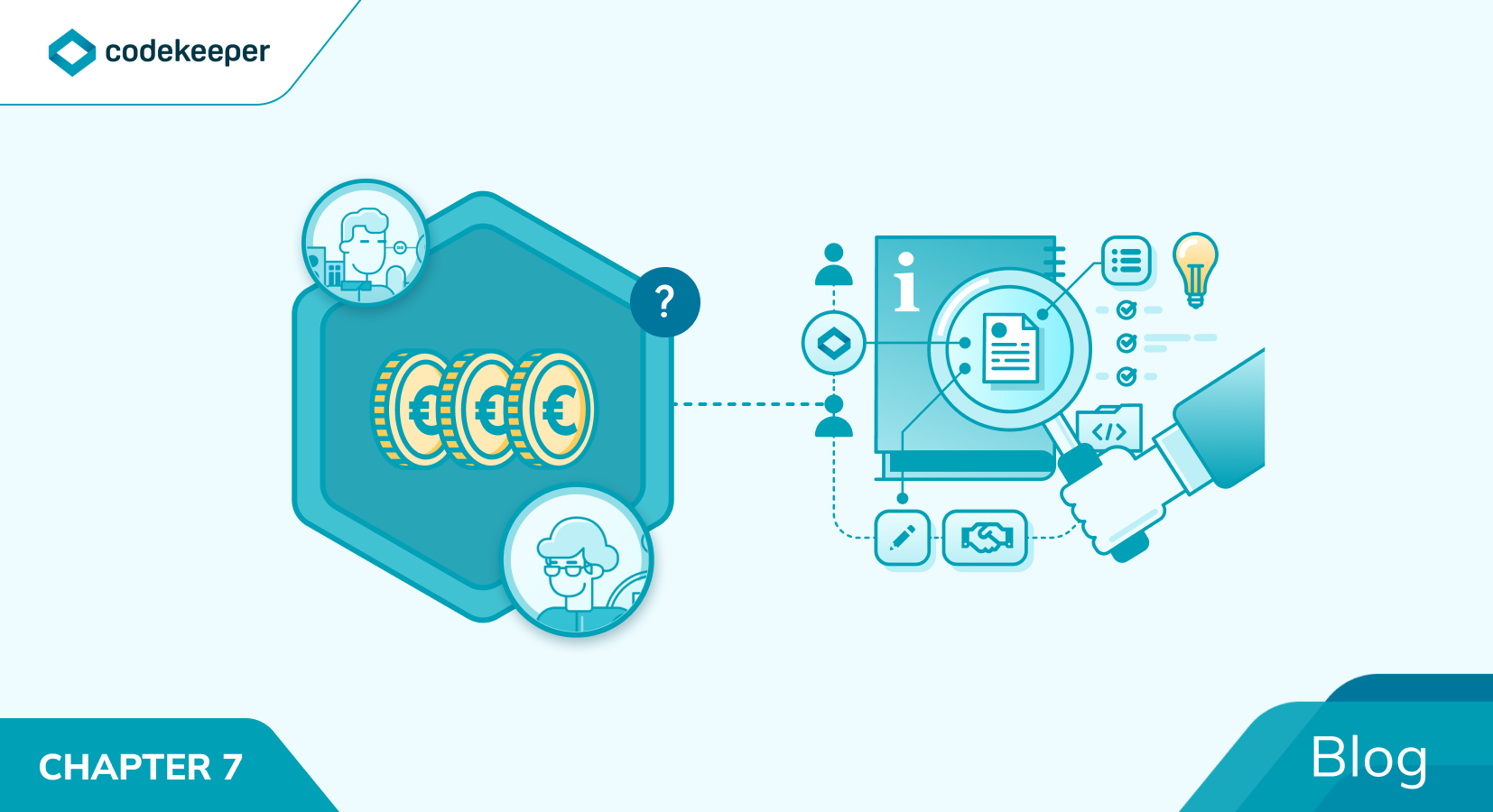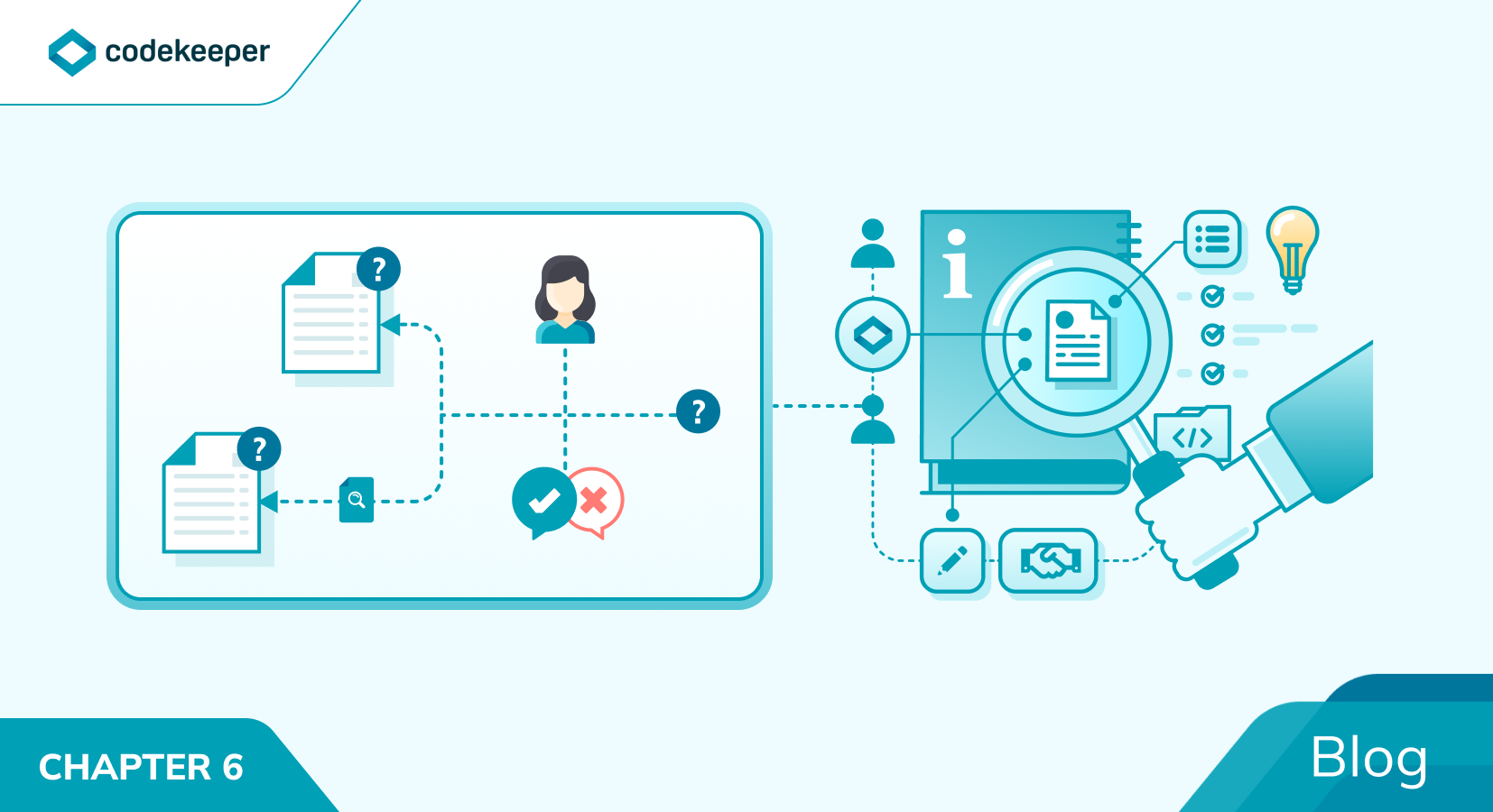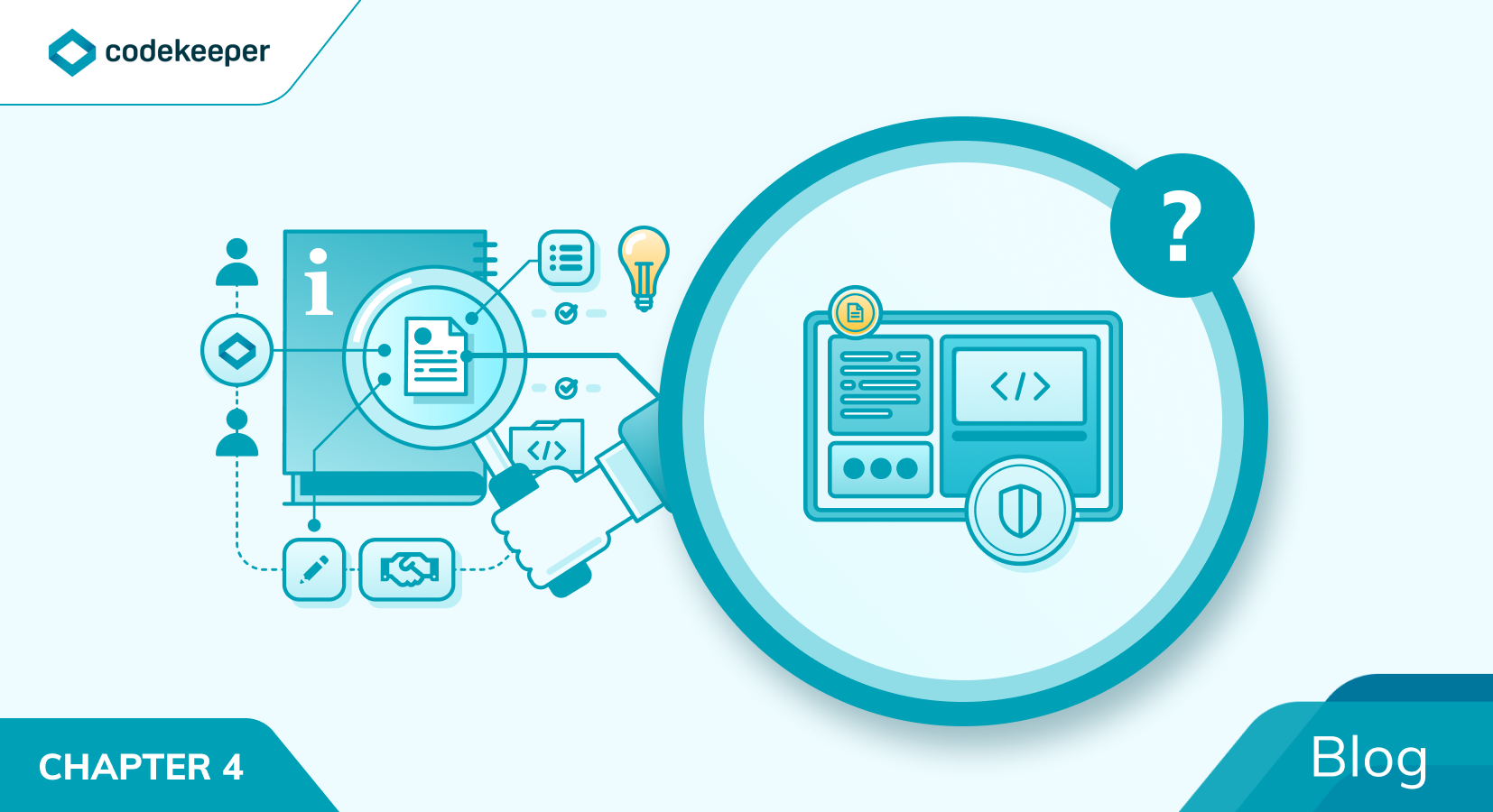A new year usually brings about a ‘season of change’. New year, new you! Although we can assure you that we aim to continue as the market leader in providing software escrow services, we do have some exciting news.
software escrow, data escrow, ip escrow
If you’re a technology company, chances are that your intellectual property (IP) is one of your most valuable assets. It’s important to protect it with the utmost care and attention. One way to do this is by putting your IP into an escrow agreement, or “IP escrow”. This means that a third party will hold onto your IP in case something goes wrong with the agreement between you and another party, such as a vendor or customer. Here are some of the ways that an IP escrow can help protect your business.
source code escrow, saas escrow, data escrow
Who pays for software escrow services?
The question of who should pay the escrow fees—the licensor or the licensee—has no right or wrong answer, and there is no established standard practice.
On the one hand, there are certainly instances when the beneficiary pays the escrow agent directly. For the most part, however, it’s actually the licensor who is responsible for payment of escrow fees. This is something that is often considered an expected cost of running a licensing business.
But even though the licensor may pay the fees, the licensee ultimately reimburses the licensor, more often than not. In fact, they may even pay a greater fee to the licensor at the outset to cover both escrow fees and the licensor's administrative expenses.
The main reason that we see the beneficiary covering the cost of the escrow in some way, shape, or form is that the escrow is set up in their best interest. If a licensor were to go out of business for any reason, they wouldn’t be as concerned over what happens to the system that they’ve licensed out to clients.
So even if the beneficiary doesn’t directly cover the cost of the escrow by paying the escrow agent, they will still be paying that fee through their licensor’s service charge.
Tip: To read more about who should pay for source code escrow (and how much), check out this article.
source code escrow, saas escrow, data escrow
What are some examples of release conditions?
So we’ve caught up on Software Escrow and all the ins and outs. But what are some release conditions that can be incorporated in a Software Escrow agreement?
Parties to the agreement are free to negotiate any release terms that can be validated independently by the escrow agent. Most commonly, however, these terms revolve around the licensor's financial or operational standing. A release may be triggered if, for example, the licensor enters voluntary or involuntary bankruptcy, or if the licensor fails to operate in the ordinary course of business (OCB).
Two other very common “custom” release terms that are requested by beneficiaries are that the material in escrow be released in case the vendor is acquired by another company, or if the provider fails to fix an error in the system within a given time frame.
source code escrow, saas escrow, data escrow
Why is having access to source code so important?
In the case of typical, off-the-shelf software, only object code (i.e., executable code) is licensed out to the end-user. In commercial licensing deals, however, the licensee may have a legitimate interest in object code, as well as source code as an assurance that their mission-critical systems will remain functional. Accessing source code allows the licensee to see how the software is processing data or performing functions, and can even allow the licensee to change the operation of the software if necessary.
In that sense, source code is the DNA of a software application. It is code that is written in a programming language that is readable (and modifiable) by humans, and without it, developers can’t debug or upgrade software applications. In other words, they can’t ensure that the system will continue working as intended.
So if, for instance, a software vendor goes out of business, without modifiable source code, the software is as good as dead. Depending on how critical the software is to your business, the effects of losing access to the source code could be nothing short of devastating. Later in the ebook, we will examine some of the risks that software escrow helps mitigate, as well as the benefits that it offers to both licensors and licensees.
source code escrow, saas escrow, data escrow
How does software escrow work?
Software escrow agreements vary depending on the agent’s scope of services, including verification services & SaaS escrow, but the core responsibilities of the parties are more or less consistent across the board.
We will tell you about the journeys each party goes through when onboarding software escrow.
For the beneficiary to initiate an escrow on the Codekeeper platform, the first step would be to register their account on our pricing page under the software escrow package which appropriately suits their needs. Once the account is set up, they can move towards initiating the escrow by entering all of the contact information of the relevant parties, inviting their depositor to sync up their source code repositories with our platform, and request custom terms for the escrow contract. Once the beneficiary and depositor have signed on to the agreement, the escrow is active!
